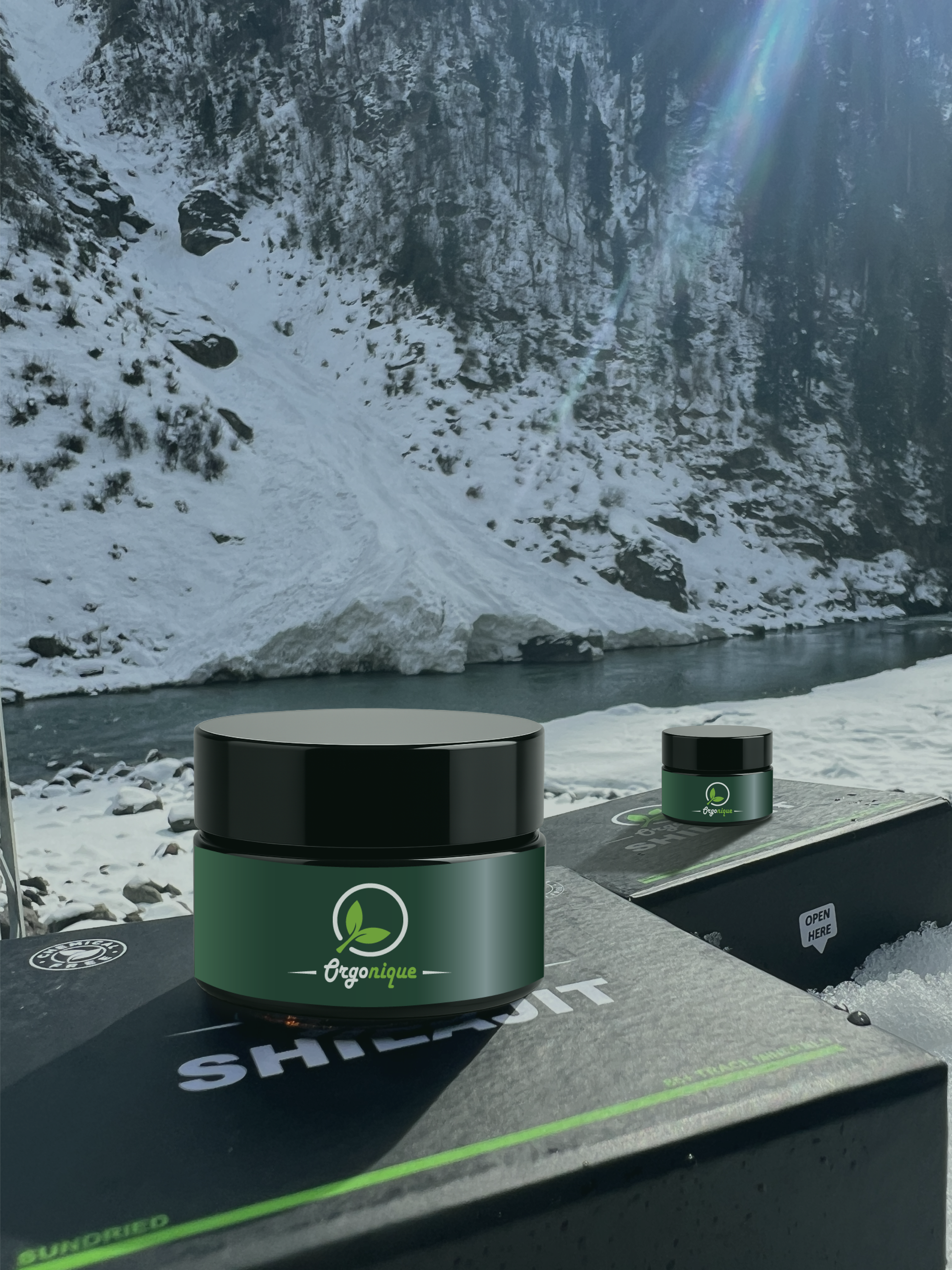The Legacy of Shilajit: Origins, Sources, and Ancient Processing Methods
Shilajit, often referred to as the "conqueror of mountains" and the "elixir of life," has captivated healers and scholars for centuries. This extraordinary natural substance is found in the remote, high-altitude mountain ranges of the Himalayas, Altai, and Caucasus, where it has been revered for its remarkable health benefits. With a history deeply rooted in traditional medicine, shilajit has been a cornerstone of ancient healing practices, particularly in Ayurveda. This article delves into its origins, natural formation, and the traditional techniques used to process this revered substance.
Historical Significance of Shilajit
The use of shilajit dates back over 3,000 years, with its first recorded mention in the Charaka Samhita, one of the foundational texts of Ayurveda. The name "shilajit" is derived from Sanskrit, where "shila" means rock and "jit" translates to conquered—a fitting name given the arduous process of extracting this potent resin from rugged mountain terrain. Ayurvedic practitioners considered it a powerful rejuvenator, believed to enhance vitality, strengthen the body, and support overall well-being.
Natural Formation and Sources
Unlike conventional herbs or minerals, shilajit is a bio-mineral resin formed over centuries through the gradual decomposition of plant matter, primarily medicinal herbs and organic material. This transformation occurs deep within mountainous regions under intense geological pressure, creating a nutrient-dense, tar-like substance that seeps from rock crevices. The highest-quality shilajit is sourced from the Himalayas, Altai, and Caucasus Mountains, where extreme environmental conditions contribute to its unique composition.

Rich in fulvic acid, essential minerals, and bioactive compounds, shilajit is regarded as a potent natural supplement with adaptogenic and rejuvenating properties. Its complex formation process ensures a high concentration of beneficial nutrients, making it a sought-after remedy in traditional healing systems.
Traditional Extraction and Purification Methods
The collection and processing of shilajit have long been considered a sacred practice, requiring expertise and patience. Harvesting typically takes place during the warmer months when the resin becomes more accessible due to melting glaciers. Traditional gatherers carefully extract the raw substance from mountain rocks, ensuring minimal contamination.

Once gathered, the raw resin underwent meticulous purification. Traditional methods included:
-
Washing to remove rock debris and impurities.
-
Sun-drying to concentrate its bioactive components.
-
Grinding into a fine, consumable form.
These time-honored techniques, often passed down through generations, ensured the preservation of shilajit’s integrity and efficacy
Conclusion
Shilajit's rich history, unique natural formation, and traditional processing methods make it one of nature's most revered substances. From ancient Ayurvedic practices to modern wellness applications, its benefits continue to be recognized worldwide. As interest in holistic health grows, shilajit remains a powerful natural supplement, connecting us to centuries of traditional wisdom and the pristine energy of the mountains.
 Free shipping on on all orders above $95
Free shipping on on all orders above $95

